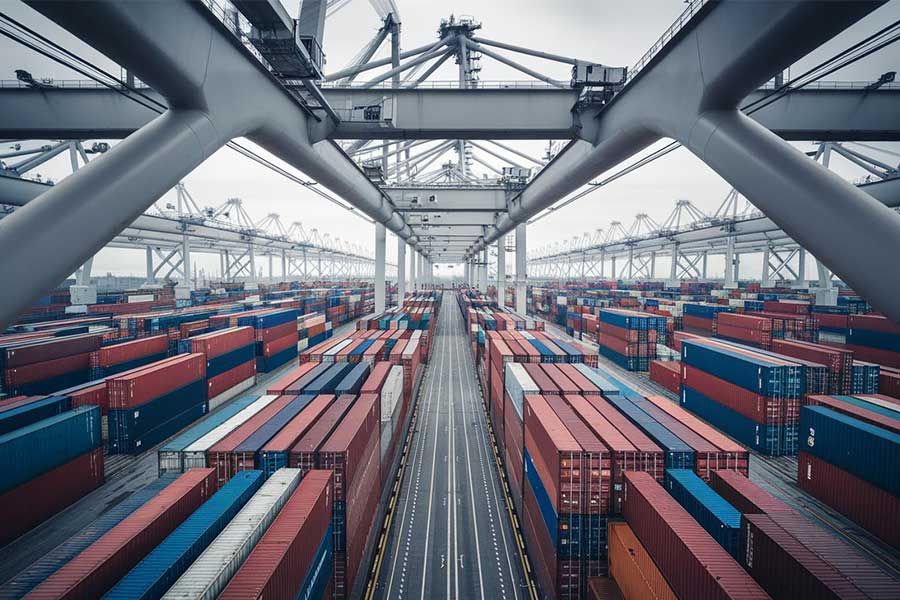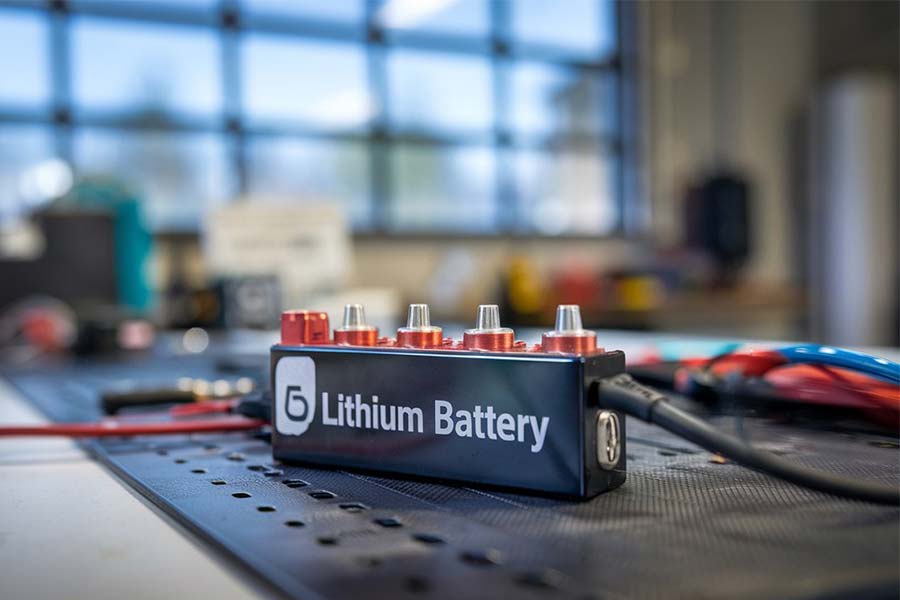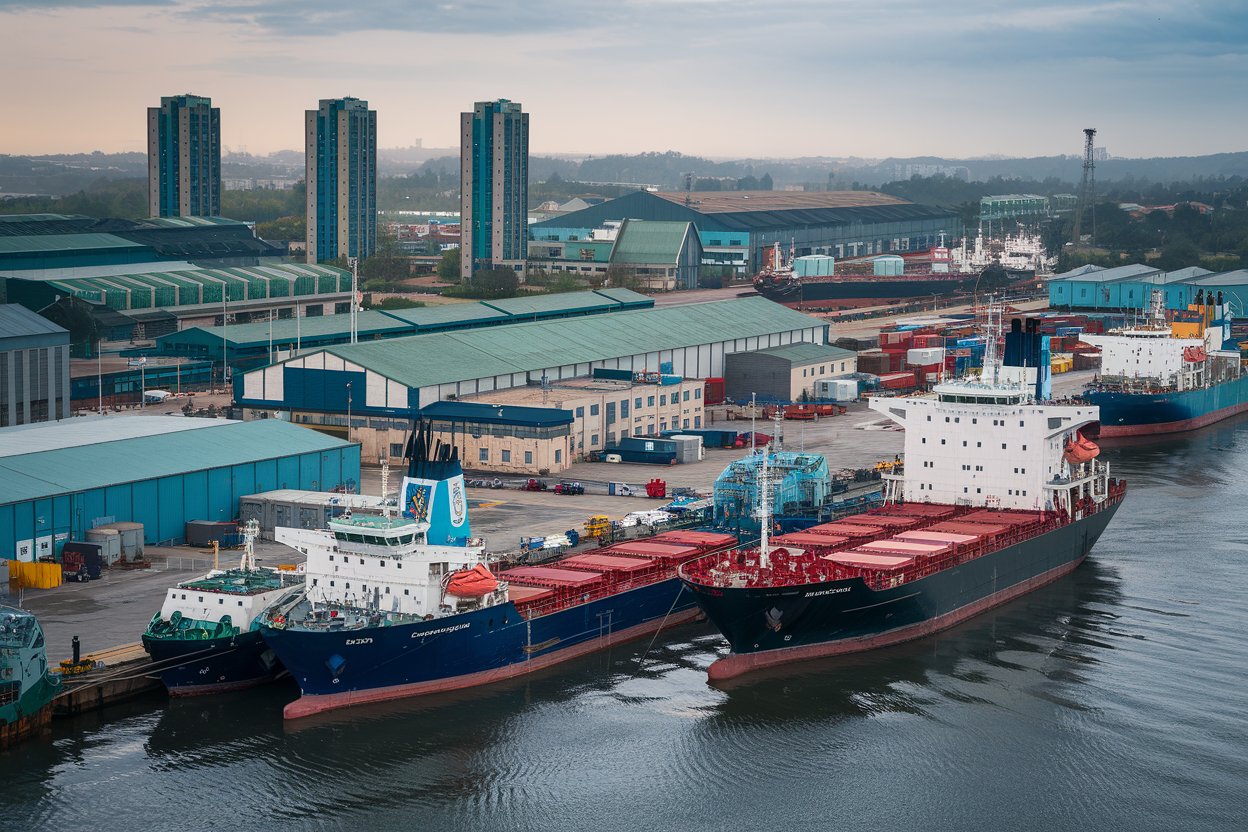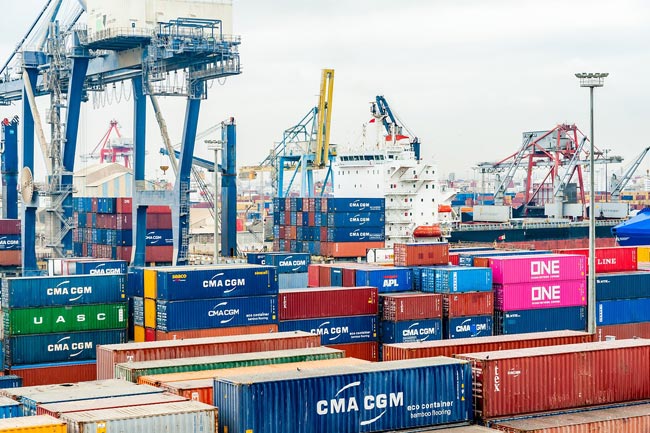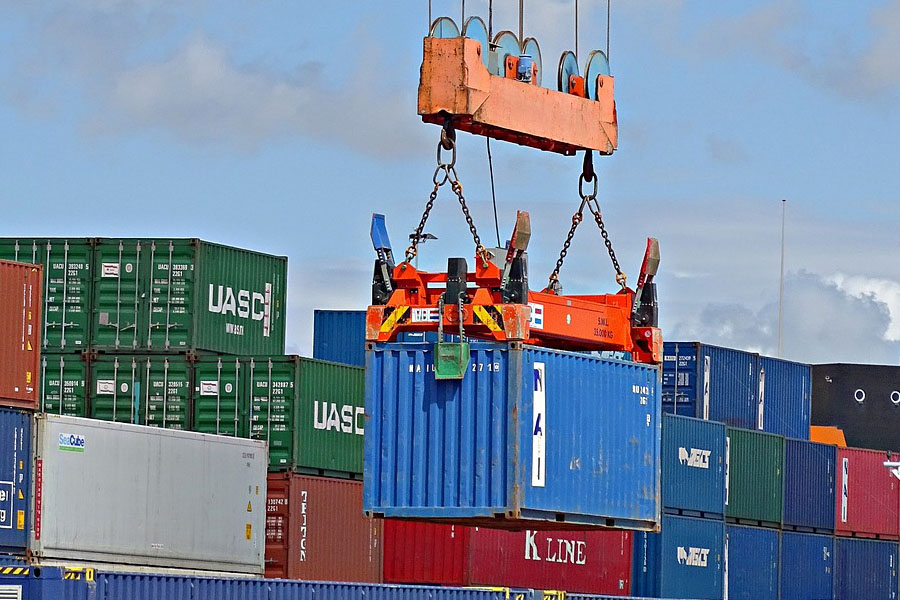- Shanghai Zhongshen International Trade Co., Ltd. - Two decades of trade agency expertise.
- Service Hotline: 139 1787 2118
Contents
ToggleRelevant Introduction
Due to the特殊性, there are strict regulations for the transportation of lithium - ion batteries and other dangerous goods. The declaration and identification of dangerous goods for air transportation is a very strict process, which requires sufficient preparation and understanding in advance. The following details the declaration and identification requirements for air - transported dangerous goods.New energyBatteries are classified as hazardous goods, so extra caution is required for exports. Before exporting new energy batteries, it is advisable to work with a professional export trade company to ensure safe transportation and compliance with the laws and regulations of the destination country or region.

The following points should be noted when exporting new energy batteries:
New energy batteries are hazardous goods and must pass UN38.3 testing and use certified packaging containers.
The storage environment for new energy batteries should be maintained at 18-25°C, with humidity controlled between 40%-90%.
The transportation method and category for new energy batteries should be selected based on different scenarios, such as standalone transport, installed in equipment, or providing power to cargo transport units.
New energy batteriesExport ClearanceRequired documents include MSDS, UN38.3 test reports, customs appraisal certificates, etc.
The following documents are required for exporting lithium batteries:
Customs declaration form, customs declaration power of attorney, invoice, packing list, and exit goods clearance permit;
Chemical Safety Data Sheet (MSDS);
UN38.3 Certification;
4. Inspection Result Sheet for the Use of Packaging in the Transport of Dangerous Goods for Import and Export (Original), also referred to as the "Dangerous Goods Packaging Certificate."
Related Recommendations
? 2025. All Rights Reserved. Shanghai ICP No. 2023007705-2  PSB Record: Shanghai No.31011502009912
PSB Record: Shanghai No.31011502009912
